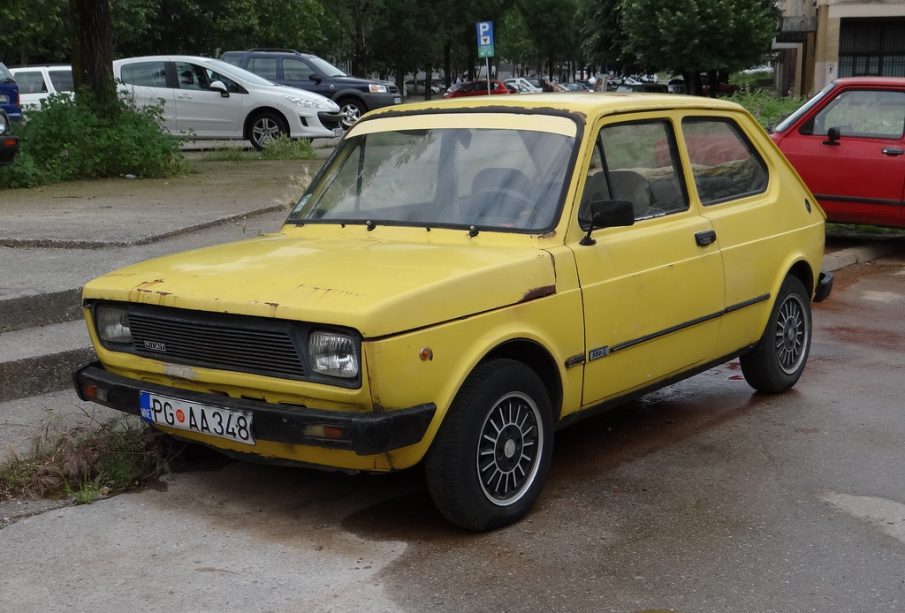Exploring Podgorica: Montenegro’s Capital City

Introduction
Podgorica, the capital of Montenegro, is a city that reflects a unique blend of history and modernity. As the largest city in Montenegro, it serves as the political, cultural, and economic hub of the country. This post explores the significance of Podgorica, highlighting its historical landmarks, contemporary developments, and the ongoing transformations that are making it a focal point for both tourists and locals.
Historical Overview
Founded during the Roman era as an important trading route, Podgorica has witnessed various phases of development influenced by different cultures and empires, including the Ottomans and Austro-Hungarians. The city’s rich history is evident in its architecture, with structures such as the Clock Tower, built in the 17th century, and the remains of the Roman city of Doclea just outside the city limits.
Modern Developments
In recent years, Podgorica has undergone significant transformation, modernising its urban landscape while still preserving its historical essence. Major infrastructure projects have improved transport connectivity and urban facilities, enhancing the quality of life for residents and the experience of visitors. New commercial centres, hotels, and restaurants have emerged, contributing to a vibrant city life.
Cultural Significance
The cultural scene in Podgorica is thriving, showcasing a diverse range of activities and events. The city is home to several theatres, galleries, and museums, including the Contemporary Art Centre of Montenegro. Annual cultural festivals, such as the Podgorica Film Festival, attract filmmakers and art lovers from around the globe, further enhancing the city’s cultural identity.
Conclusion
Podgorica stands at the crossroads of historical richness and modern advancement. As Montenegro continues to emerge as a desirable destination in the Balkans, Podgorica is poised to play a key role in shaping the country’s future. For tourists, it offers a unique opportunity to experience both the historical and contemporary aspects of Montenegrin life. As development continues, the capital is expected to grow in importance, making it a city worth exploring.









